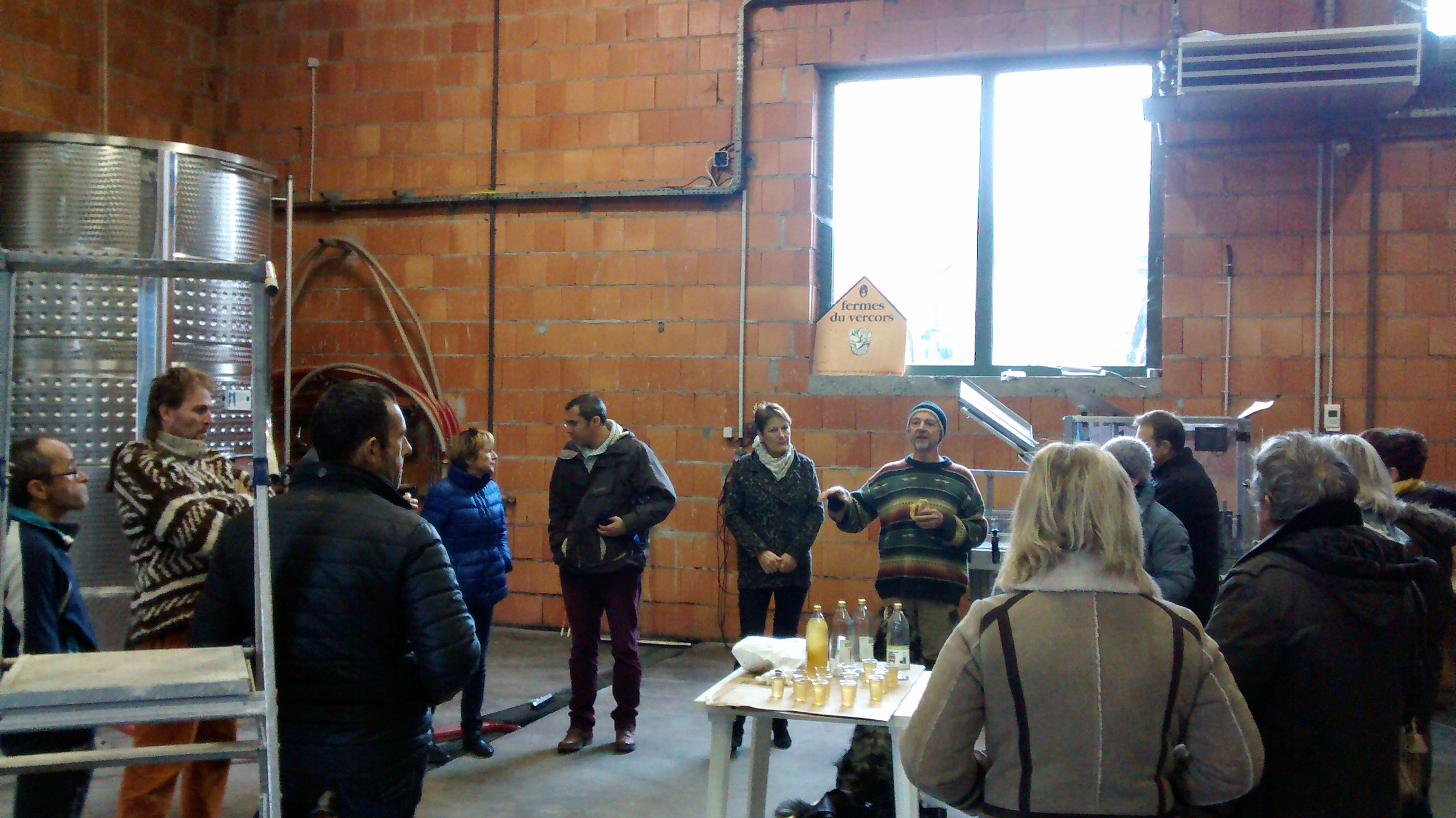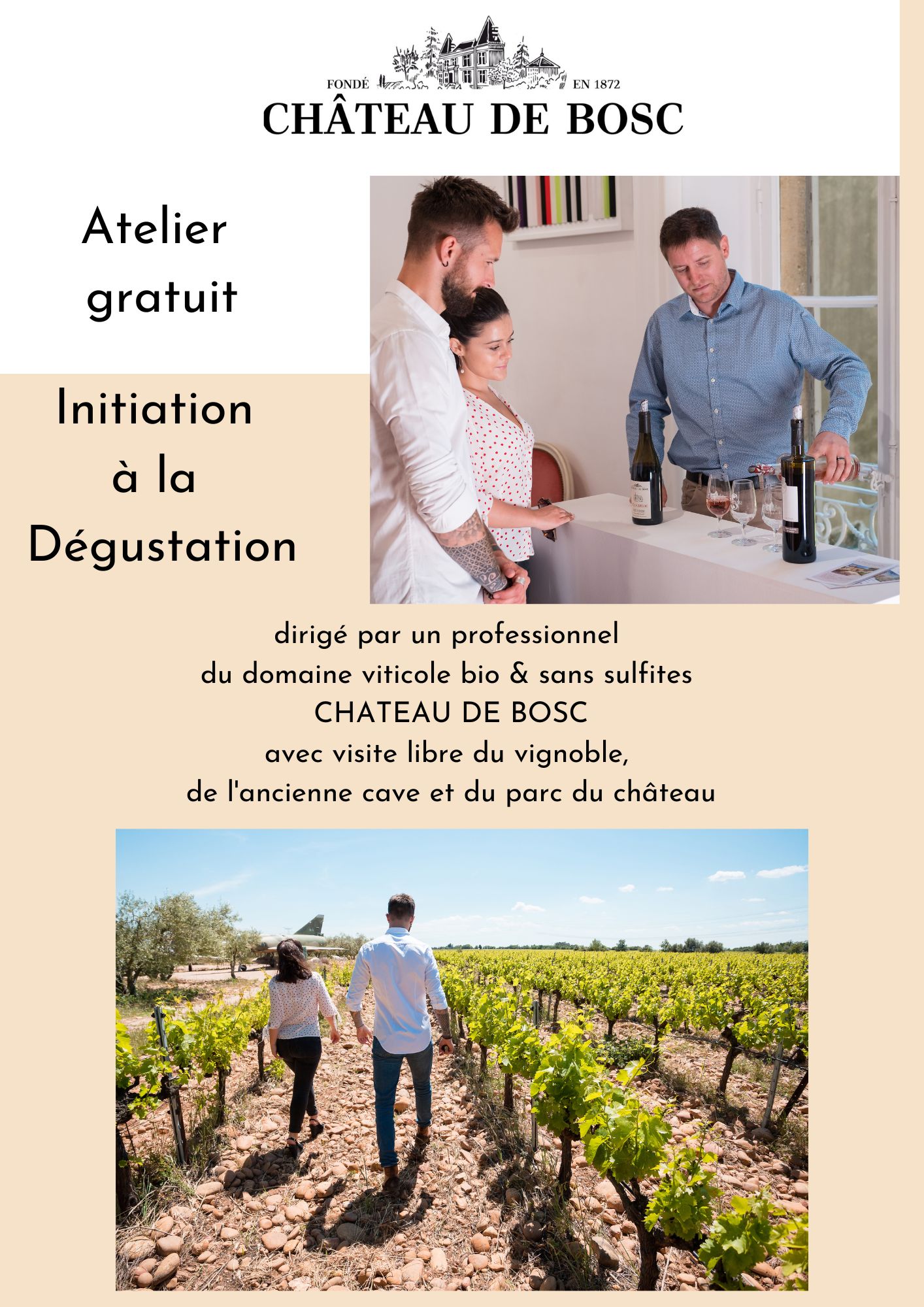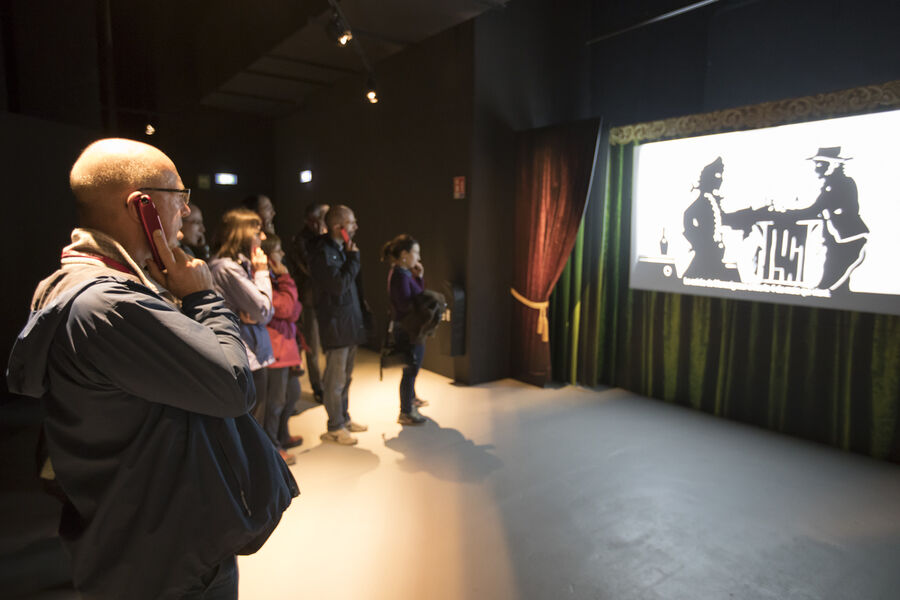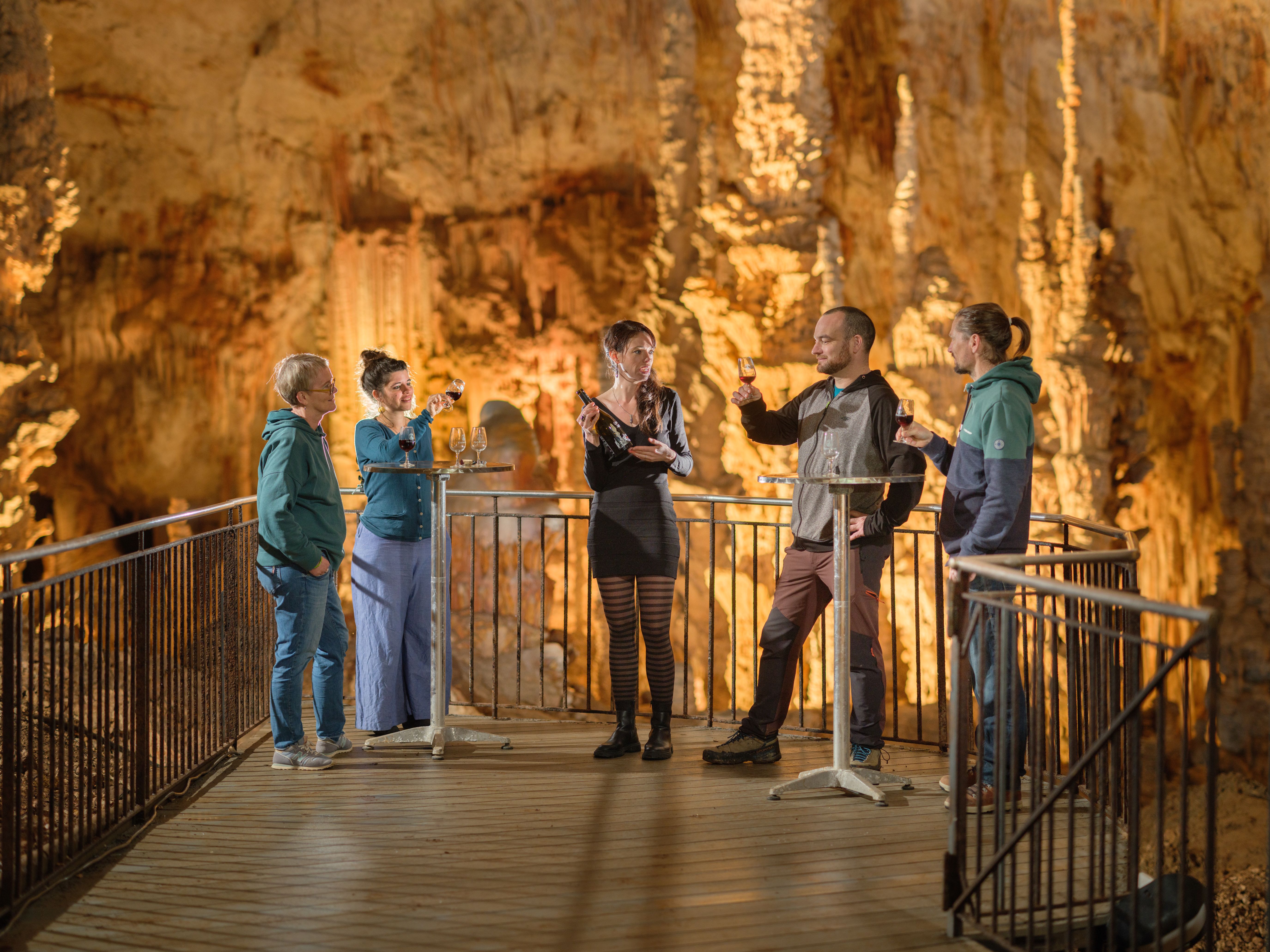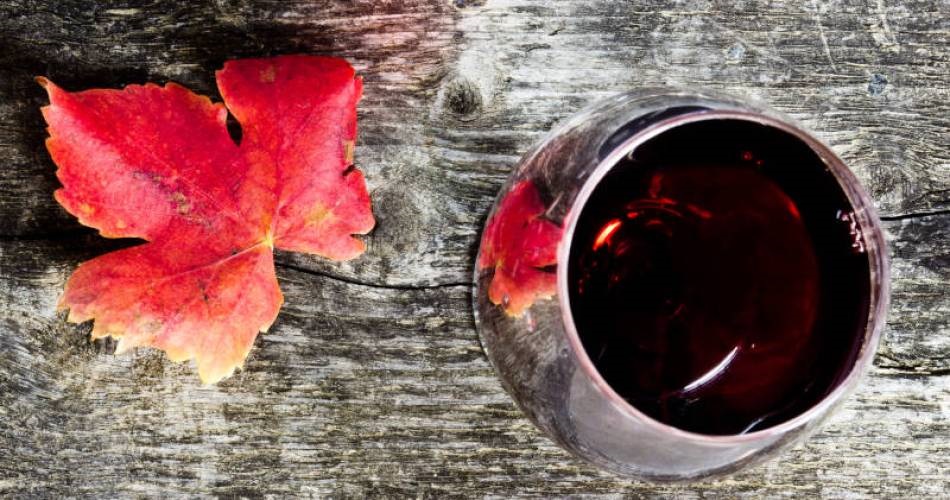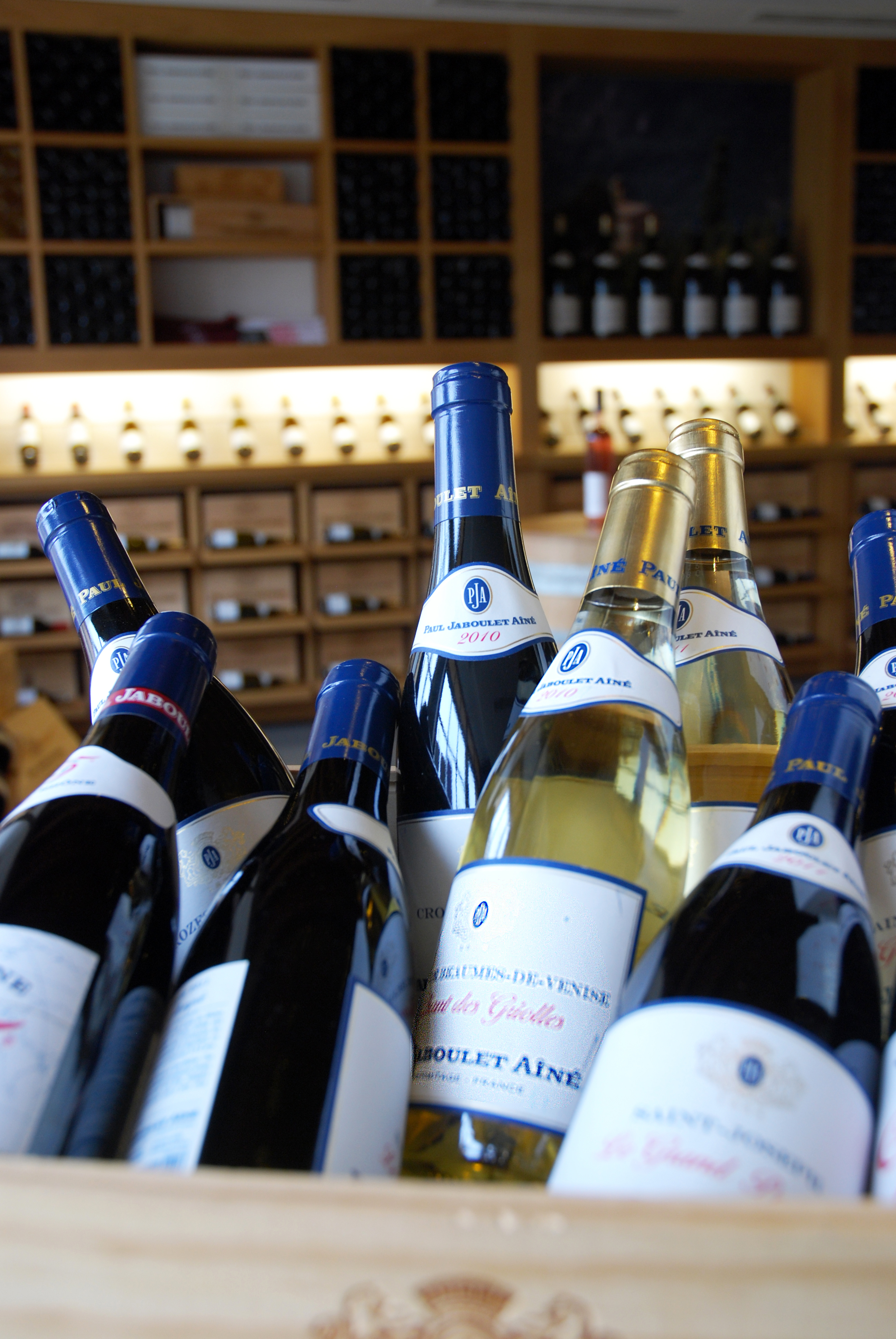From Cornas to Saint-Péray: Crus from the heart of the Rhône
These two northern Côtes du Rhône Crus nestle together in Ardèche, so similar as to seem almost inseparable – to the extent that many winegrowers own plots in both appellations.
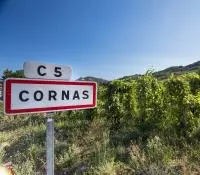
Beautiful terroirs, nurtured with passion
The vineyards of Cornas and Saint-Péray are set on the right bank of the Rhône, and boast very few villages – just the eponymous village of Cornas for the first and Saint-Péray and Toulade for the second. Their locations are nothing short of magnificent – a dizzyingly steep amphitheatre for Cornas, facing south and sheltered from the cold winds, and for Saint Péray, the hill of Crussol, crowned by the ruins of a mediaeval castle at 200 metres above sea level.
And although both appellations feature similar soils over a granite substrate, the Cornas terroir is particularly well-suited to Syrah and produces only red wines, while Saint-Péray, a paradise for the Marsanne grape, makes only whites. Both also share the honour of being among the smallest, yet most demanding, of the Côtes du Rhône Crus. The vines grow on hillsides often rising to between 150 and 350 metres above sea level, which are partly rocky and partly fashioned into narrow terraces supported by drystone walls. Gradients of 30 to 60% make the winegrowers’ work as physically demanding as it is delicate. From pruning in winter to harvesting in summer, much of the work is done by hand.
This explains why the vineyards of these two AOCs remain relatively fragmented. These are small plots, tended with passion by winegrowing families, often over several generations – and they spare no effort.
A story of revival
The history of both appellations is marked by remarkable stories of renewal and rebirth. We know that Cornas wines were once greatly enjoyed by Charlemagne, Saint Louis and Louis XV, while Jules Verne dubbed Saint-Péray the ‘Champagne of the South’. Both knew their heyday in the 18th and 19th centuries, then sadly, fell prey to the phylloxera crisis.
However, unlike many of the Ardèche vineyards which were also decimated at the time, these two were rapidly and enthusiastically re-established, thanks mainly to their enviable past reputations. In 1936, Saint-Péray became one of the first nine Rhône Valley appellations, swiftly followed by Cornas in 1938.
Nature on a human scale
Since those days, both appellations maintain a limited number of wine estates and houses: around 80 in Cornas and just 40 in Saint-Péray. Many winegrowers have outlets in the villages to sell their wines, giving visitors the opportunity not only to meet the winemakers and taste their wines, but to experience the vineyards close-up, exploring the picturesque trails and footpaths criss-crossing them.
The vineyards, bordered by untamed nature to the west and the Rhône to the east, lend themselves beautifully to outdoor activities. Visitors can hike along the 360 km of signposted footpaths, and there are opportunities for horse-riding, cycling, or even sight-seeing, visiting chapels, forts and castles like the one at Crussol. The area is listed as one of Ardèche’s outstanding natural sites, and offers visitors no end of exciting activities.



